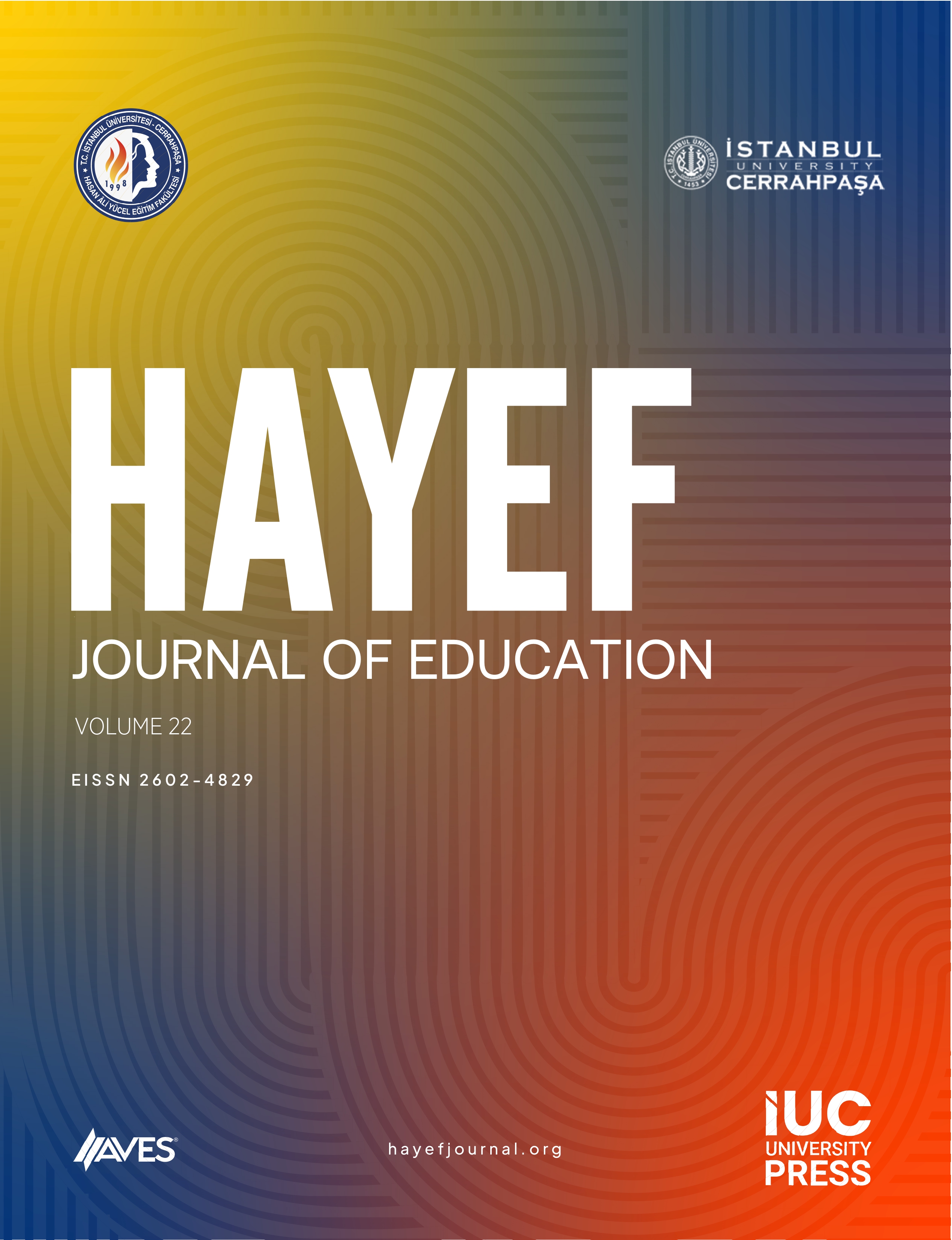In this study, Turkish mistakes made by students of a Special Education Department in their assignments were examined. The participants included 28 second grade students who were being educated to become special education teachers in the Education Faculty of Eskişehir Osmangazi University. All the participants attended Positive Classroom Management in Inclusive Classrooms and prepared an assignment for this course. The data were collected by means of analyzing the assignments of the students. This analysis was performed by employing document analysis. The Turkish usage mistakes were coded and classified by consulting a faculty member who worked in the field of Turkish Language and Literature Teaching. Thirty different types of mistakes were classified under three main headings: Turkish grammar errors, narration errors, and layout errors. The findings revealed that the number of Turkish mistakes made by the participants in their assignments varied between 40 and 333. The most common mistakes included not following the rules of capitalization, comma usage, and lack of subject-complement.



